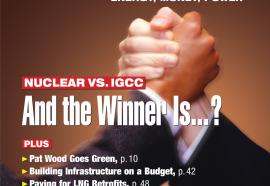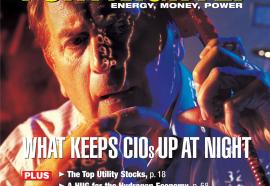When Shippers Seek Release
Price caps, secondary markets, and the revolution in natural-gas portfolio management.
When FERC decided in February, in Order 890, to lift the price cap for electric-transmission customers seeking to resell their grid capacity rights in the secondary market, it cautioned against expecting a quid pro quo for gas. Was the commission just teasing?








